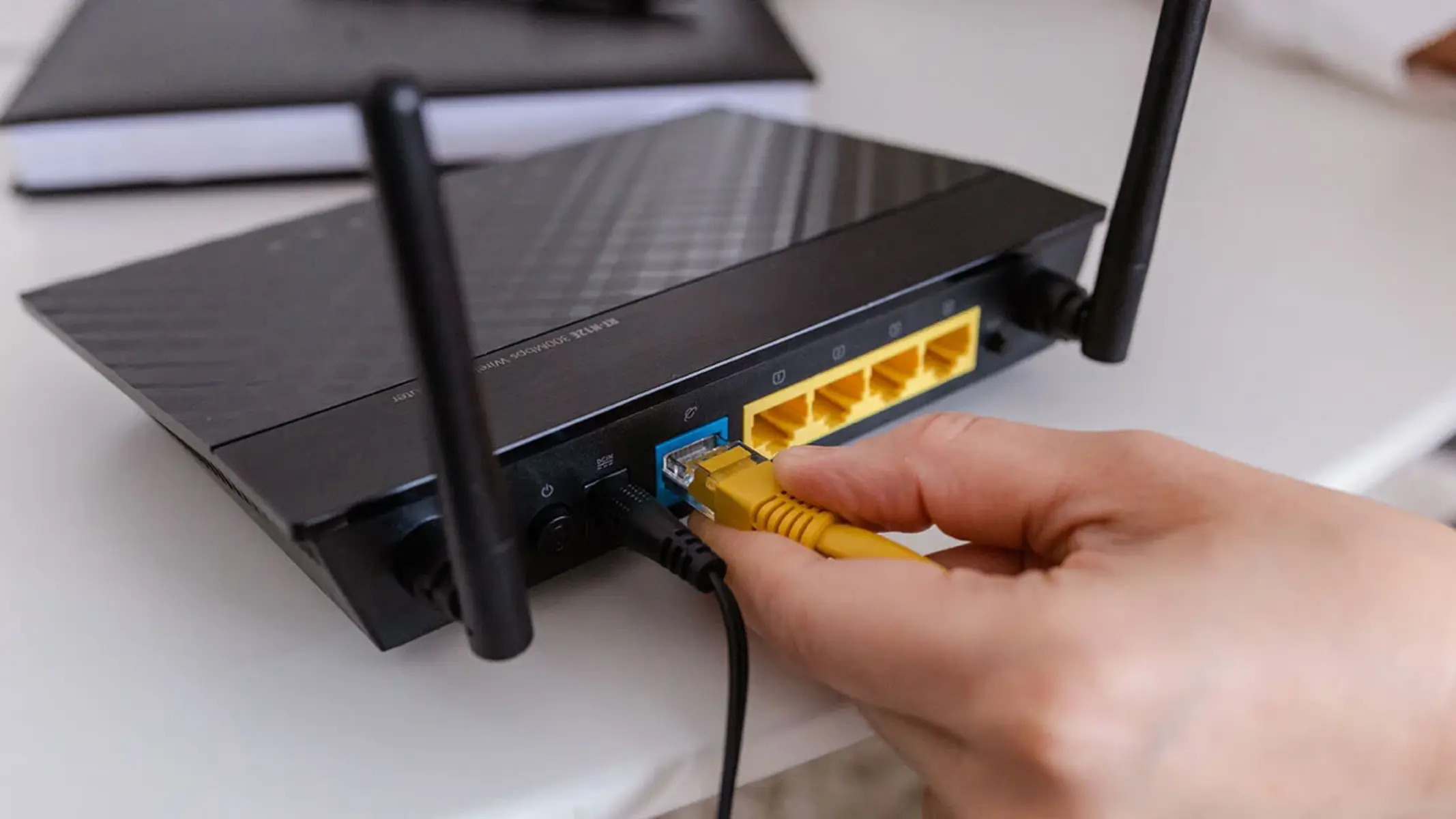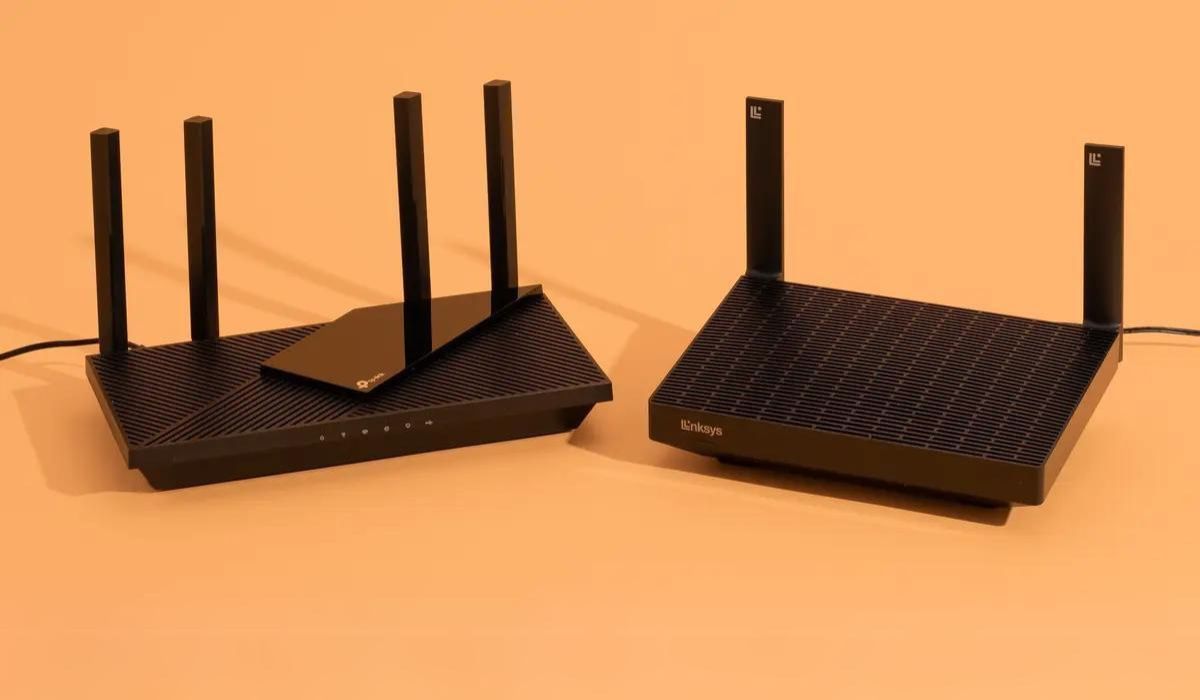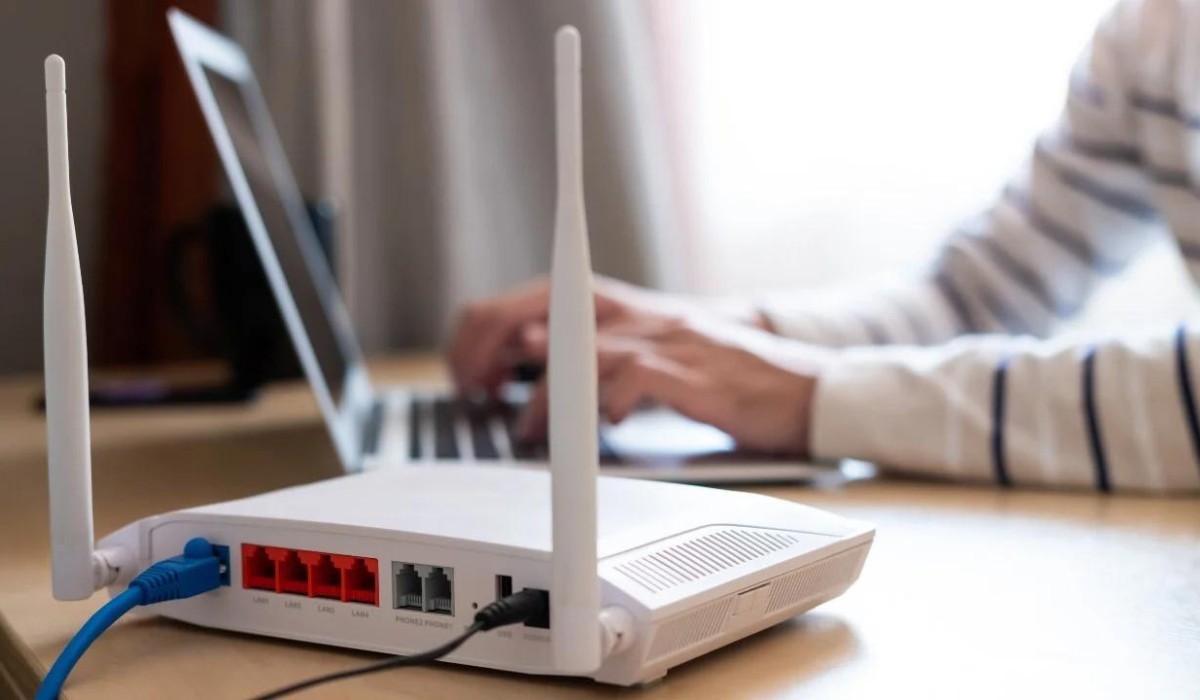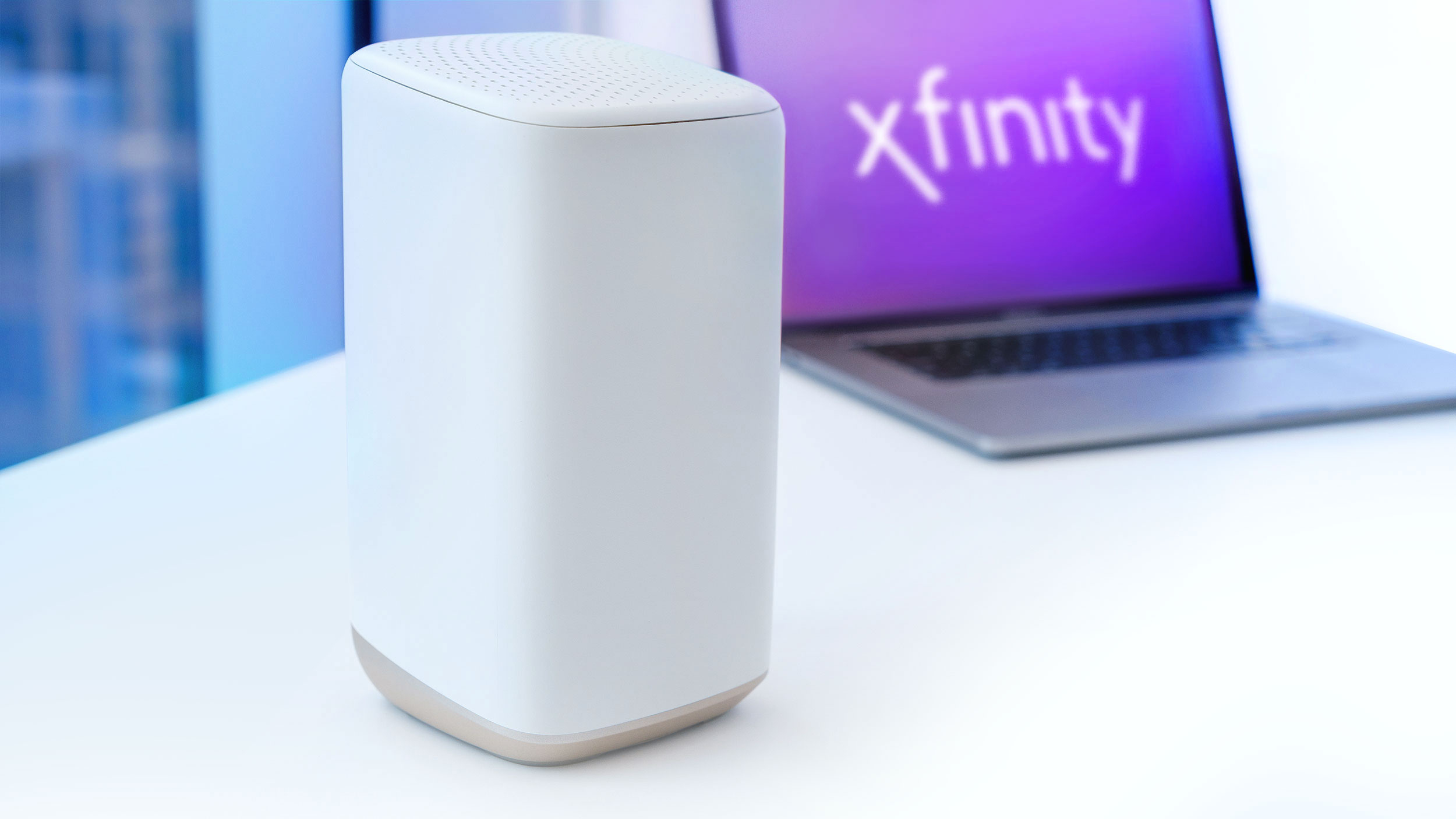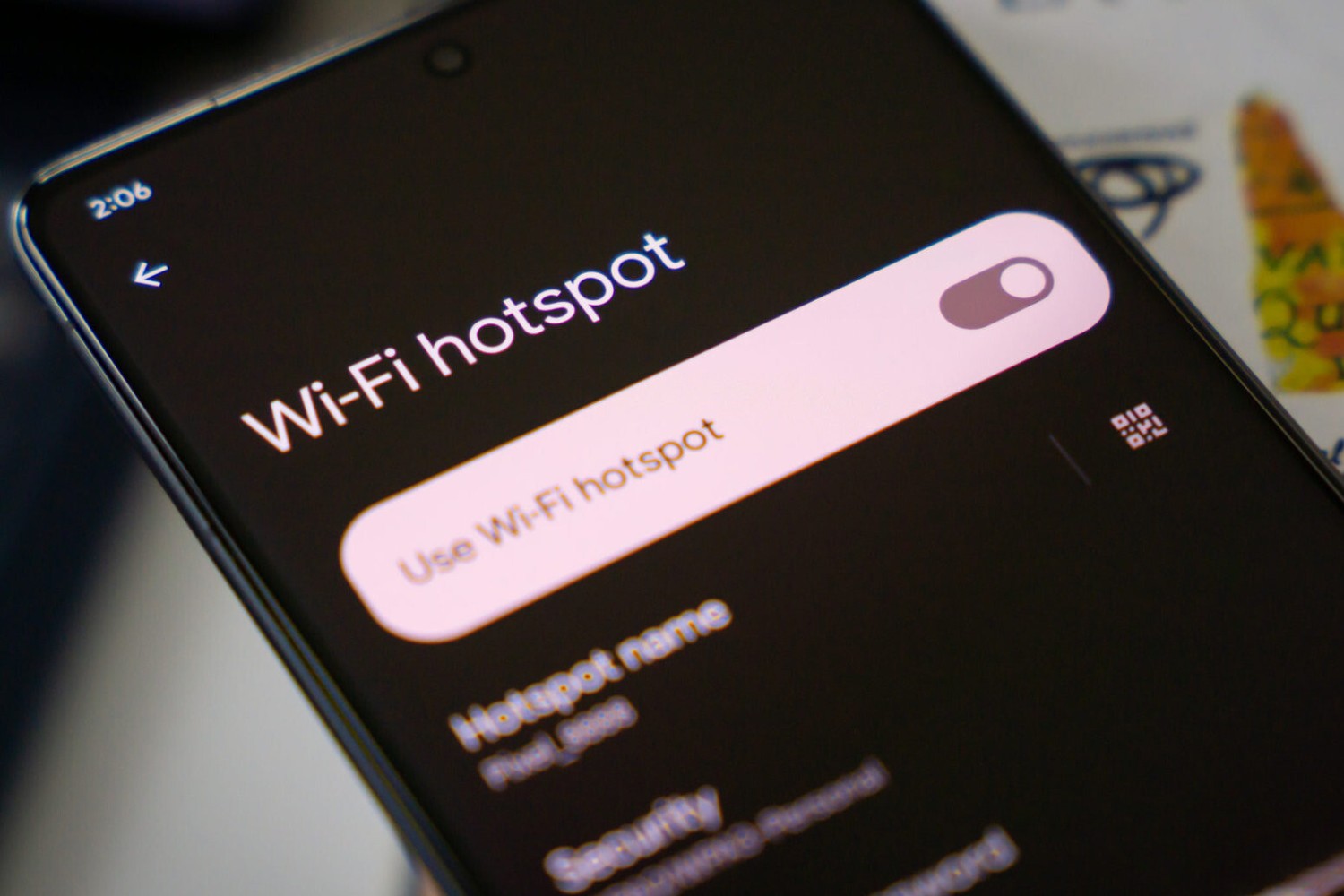Introduction
In today's interconnected world, having a reliable and high-speed internet connection is crucial for both personal and professional activities. While many households and businesses rely on traditional broadband connections, there are situations where using a mobile hotspot can be advantageous. Whether you're in a remote location with limited access to traditional internet infrastructure or you simply need a backup connection option, leveraging a mobile hotspot to connect to a router can provide the flexibility and reliability you need.
In this comprehensive guide, we will walk you through the step-by-step process of connecting a mobile hotspot to a router. By following these instructions, you can create a seamless and stable network environment that leverages the strengths of both technologies. This approach not only expands your connectivity options but also ensures that you have a reliable backup plan in case your primary internet connection encounters issues.
By the end of this guide, you will have a clear understanding of the compatibility requirements, the necessary steps to physically connect the hotspot to the router, and the configuration process to optimize the network settings. Additionally, we will cover how to test the connection to confirm that everything is functioning as intended.
Whether you're a tech enthusiast looking to explore new networking possibilities or a small business owner seeking to enhance your internet redundancy, this guide will equip you with the knowledge and confidence to successfully integrate a mobile hotspot with your existing router setup. Let's dive into the first step: checking for compatibility.
Step 1: Check for Compatibility
Before embarking on the process of connecting a mobile hotspot to a router, it's essential to ensure that both devices are compatible and capable of working together seamlessly. This compatibility check involves assessing the hardware and software requirements to guarantee a successful integration.
Hardware Compatibility
The first aspect to consider is the physical connectivity between the mobile hotspot and the router. Most modern routers feature multiple Ethernet ports, which are essential for establishing a wired connection with the hotspot. Ensure that your router has an available Ethernet port to accommodate the connection.
Additionally, it's crucial to verify the hotspot's hardware specifications. Many mobile hotspots support Wi-Fi as well as USB tethering, which allows them to connect to devices via USB cables. If your router supports USB tethering, this can be an alternative method for establishing the connection.
Software Compatibility
Beyond the hardware considerations, it's important to assess the software compatibility between the mobile hotspot and the router. This involves checking for any specific network protocols or configurations required for seamless integration. Some routers may have compatibility limitations with certain mobile hotspot models, so it's advisable to consult the user manuals or online resources for both devices to identify any potential compatibility issues.
Network Configuration
Another critical aspect of compatibility assessment involves understanding the network configuration requirements. This includes verifying that the router's network settings, such as IP addressing and DHCP (Dynamic Host Configuration Protocol) settings, align with the capabilities of the mobile hotspot. In some cases, manual adjustments to the router's network configuration may be necessary to accommodate the hotspot's connectivity features.
By conducting a thorough compatibility check, you can preemptively address any potential hardware or software limitations that may hinder the successful integration of the mobile hotspot with the router. This proactive approach sets the stage for a smooth and efficient connection process, ensuring that both devices can work in harmony to deliver a reliable and versatile network environment.
In the next step, we will delve into the physical connection process, guiding you through the steps to establish a secure and stable link between the mobile hotspot and the router.
Step 2: Connect the Hotspot to the Router
Once you have confirmed the compatibility between your mobile hotspot and router, the next step is to physically connect the two devices. This process involves establishing a direct link that allows the router to leverage the internet connectivity provided by the mobile hotspot. Follow these step-by-step instructions to seamlessly connect the hotspot to the router:
-
Identify Available Connection Ports: Begin by identifying the available connection ports on both the mobile hotspot and the router. Most modern routers feature multiple Ethernet ports, typically labeled as LAN (Local Area Network) ports. Similarly, the mobile hotspot may have a USB port for tethering or an Ethernet port for wired connections.
-
Select the Connection Method: Depending on the available ports and your specific hardware configuration, choose the most suitable connection method. If your router and hotspot both have Ethernet ports, you can use an Ethernet cable to establish a direct wired connection. Alternatively, if your hotspot supports USB tethering and your router features USB connectivity, you can opt for this method.
-
Connect the Devices: With the chosen connection method in mind, proceed to physically connect the mobile hotspot to the router. If using an Ethernet cable, insert one end into an available LAN port on the router and the other end into the Ethernet port on the mobile hotspot. If opting for USB tethering, connect one end of the USB cable to the hotspot and the other end to the USB port on the router.
-
Power On and Verify Connectivity: After establishing the physical connection, power on both the mobile hotspot and the router. Allow sufficient time for the devices to recognize and establish the connection. Once powered on, check the indicator lights on both devices to confirm that the connection is active and stable.
-
Configure Network Settings (if necessary): Depending on your specific network configuration requirements, you may need to access the router's settings to configure the network connection. This may involve adjusting the LAN settings, DHCP configuration, or network mode to ensure that the router recognizes and optimally utilizes the internet connection provided by the mobile hotspot.
By following these steps, you can seamlessly connect the mobile hotspot to the router, creating a unified network environment that leverages the strengths of both devices. With the physical connection established, you are now ready to proceed to the next step: configuring the router settings to optimize the network environment.
Step 3: Configure the Router Settings
Configuring the router settings is a critical step in integrating a mobile hotspot with the existing network infrastructure. By optimizing the router's settings, you can ensure that it effectively utilizes the internet connection provided by the mobile hotspot, thereby creating a seamless and reliable network environment. Follow these detailed guidelines to configure the router settings effectively:
Access the Router's Configuration Interface
-
Connect to the Router: Ensure that your computer or device is connected to the router's network. This can be achieved by either connecting via Ethernet cable or accessing the router's Wi-Fi network.
-
Access the Router's Interface: Open a web browser and enter the router's IP address in the address bar. Common router IP addresses include 192.168.0.1 or 192.168.1.1. If you are unsure of the router's IP address, refer to the router's manual or check the manufacturer's website for guidance.
Configure LAN Settings
-
Access LAN Settings: Once logged into the router's configuration interface, navigate to the LAN settings section. Here, you can adjust the local network settings to ensure compatibility with the mobile hotspot.
-
Enable DHCP: If the mobile hotspot functions as the primary source of internet connectivity, ensure that the router's DHCP (Dynamic Host Configuration Protocol) is enabled. This allows the router to automatically assign IP addresses to devices connected to the network, facilitating seamless internet access.
Optimize Network Mode
-
Select Network Mode: Depending on the capabilities of the mobile hotspot, you may need to adjust the router's network mode to accommodate the connection. Common network modes include "Wireless-N," "Wireless-AC," or specific frequency bands (e.g., 2.4GHz or 5GHz). Ensure that the selected network mode aligns with the mobile hotspot's supported standards for optimal performance.
-
Wireless Security: If leveraging the mobile hotspot's Wi-Fi connectivity, configure the router's wireless security settings to establish a secure connection. This typically involves setting a strong network password and enabling encryption protocols such as WPA2-PSK (Wi-Fi Protected Access 2 – Pre-Shared Key) to safeguard the network from unauthorized access.
Save and Apply Changes
-
Review and Save: After adjusting the router's settings, review the changes to ensure that they align with the requirements for integrating the mobile hotspot. Once verified, save the settings to apply the configurations.
-
Restart the Router: To ensure that the new settings take effect, consider restarting the router. This allows the device to implement the updated configurations and establish a stable connection with the mobile hotspot.
By meticulously configuring the router's settings, you can optimize the network environment to seamlessly integrate the mobile hotspot, leveraging its internet connectivity to enhance the overall network capabilities. With the router settings configured, the final step involves testing the connection to confirm the successful integration of the mobile hotspot with the router.
Step 4: Test the Connection
Once the mobile hotspot has been successfully connected to the router and the router settings have been configured to accommodate the integration, it's essential to conduct thorough testing to verify the stability and functionality of the newly established connection. Testing the connection involves assessing various aspects of network performance and ensuring that the integrated setup operates as intended. Follow these comprehensive guidelines to effectively test the connection between the mobile hotspot and the router:
Network Speed and Stability
Begin by evaluating the network speed and stability to gauge the performance of the integrated setup. Use a reliable internet speed testing tool to measure the download and upload speeds. Compare these results to the expected performance of the mobile hotspot to assess the efficiency of the connection. Additionally, monitor the network stability by observing for any fluctuations or interruptions in connectivity over an extended testing period.
Device Connectivity
Verify that all devices connected to the router, whether wired or wirelessly, can seamlessly access the internet through the integrated mobile hotspot connection. Test multiple devices, including computers, smartphones, and other network-enabled devices, to ensure universal accessibility to the internet. Confirm that each device obtains a valid IP address and experiences consistent network performance.
Latency and Ping Tests
Conduct latency and ping tests to assess the responsiveness of the integrated network. Measure the latency, which indicates the time taken for data to travel from the device to the internet and back. Additionally, perform ping tests to evaluate the round-trip time for data packets. Low latency and consistent ping times are indicative of a well-optimized and stable network connection.
Streaming and Online Activities
Engage in various online activities, such as streaming video content, conducting video calls, and performing data-intensive tasks, to evaluate the network's capability to handle bandwidth-intensive applications. Assess the streaming quality, video call stability, and overall performance during these activities to ensure that the integrated setup can support demanding internet usage.
Redundancy and Failover Testing
If the integrated setup serves as a redundancy or failover solution, deliberately simulate network failure scenarios to validate the failover capabilities. Temporarily disable the primary internet connection and rely solely on the mobile hotspot-integrated network to confirm that it seamlessly transitions to the backup mode without disrupting essential services or connectivity.
By meticulously testing the connection between the mobile hotspot and the router, you can confidently ascertain the reliability, performance, and resilience of the integrated network setup. Any identified issues or performance discrepancies can be addressed through further adjustments to the router settings or the physical connection, ensuring that the integrated setup operates optimally under various usage scenarios.
With the completion of the testing phase, you have successfully navigated through the comprehensive process of connecting a mobile hotspot to a router. Whether you've established this integration for enhanced flexibility, backup connectivity, or network expansion, the diligent testing and validation of the connection solidify the reliability and effectiveness of your integrated network environment.
Conclusion
In conclusion, the process of connecting a mobile hotspot to a router offers a wealth of benefits, ranging from enhanced flexibility and backup connectivity to expanded network capabilities. By following the step-by-step guide outlined in this comprehensive resource, individuals and businesses can successfully integrate these technologies to create a resilient and versatile network environment.
The initial step of checking for compatibility sets the foundation for a seamless integration process. By assessing hardware and software compatibility, as well as network configuration requirements, users can proactively address any potential limitations that may hinder the successful connection between the mobile hotspot and the router.
Subsequently, the physical connection phase guides users through the process of establishing a direct link between the mobile hotspot and the router. Whether utilizing Ethernet cables or USB tethering, the step-by-step instructions ensure a secure and stable connection, laying the groundwork for the subsequent configuration process.
Configuring the router settings is a pivotal stage in the integration process, as it enables users to optimize the network environment to effectively utilize the internet connectivity provided by the mobile hotspot. By adjusting LAN settings, enabling DHCP, and optimizing the network mode, users can ensure that the integrated setup operates seamlessly and efficiently.
The final step of testing the connection serves as a comprehensive validation process, allowing users to assess network speed, stability, device connectivity, latency, and failover capabilities. Through meticulous testing, users can confirm the reliability and resilience of the integrated network environment, addressing any identified issues to ensure optimal performance.
In essence, the integration of a mobile hotspot with a router empowers users with a versatile and reliable network solution. Whether used as a primary internet source, a backup connectivity option, or a means to expand network capabilities, this integration provides a robust foundation for seamless connectivity in diverse usage scenarios.
By leveraging the strengths of both the mobile hotspot and the router, users can establish a unified network environment that adapts to their connectivity needs, enhancing productivity, and ensuring uninterrupted internet access. The successful integration of these technologies exemplifies the adaptability and resilience of modern networking solutions, catering to the evolving demands of today's interconnected world.







